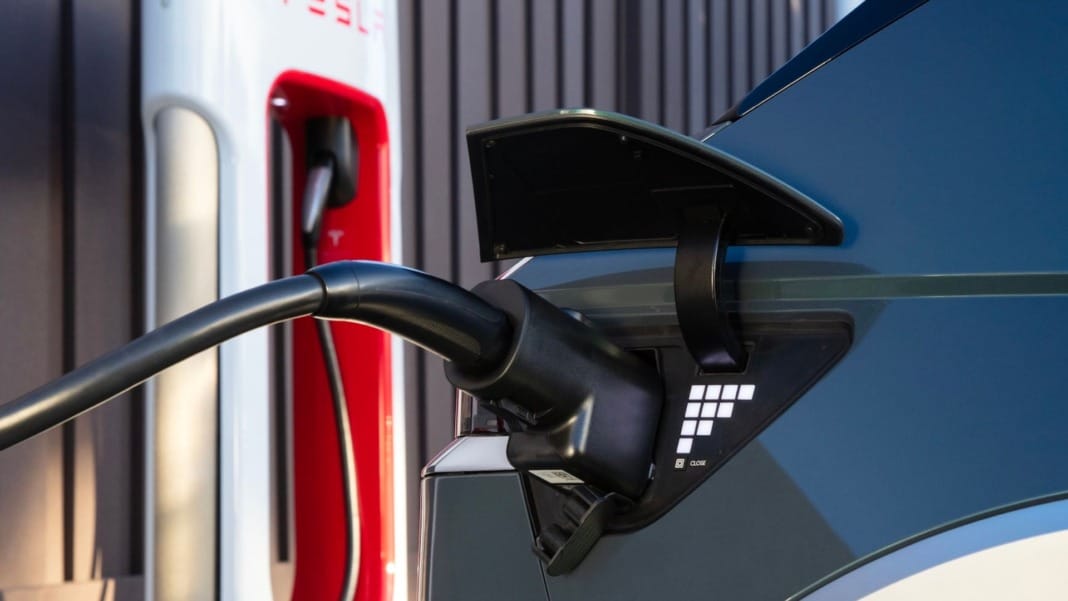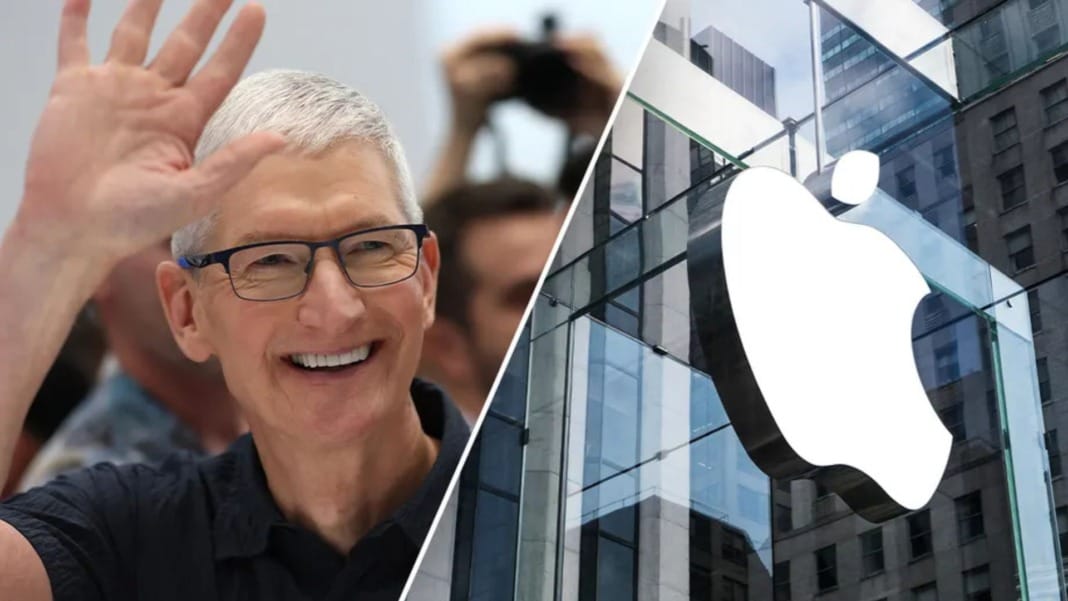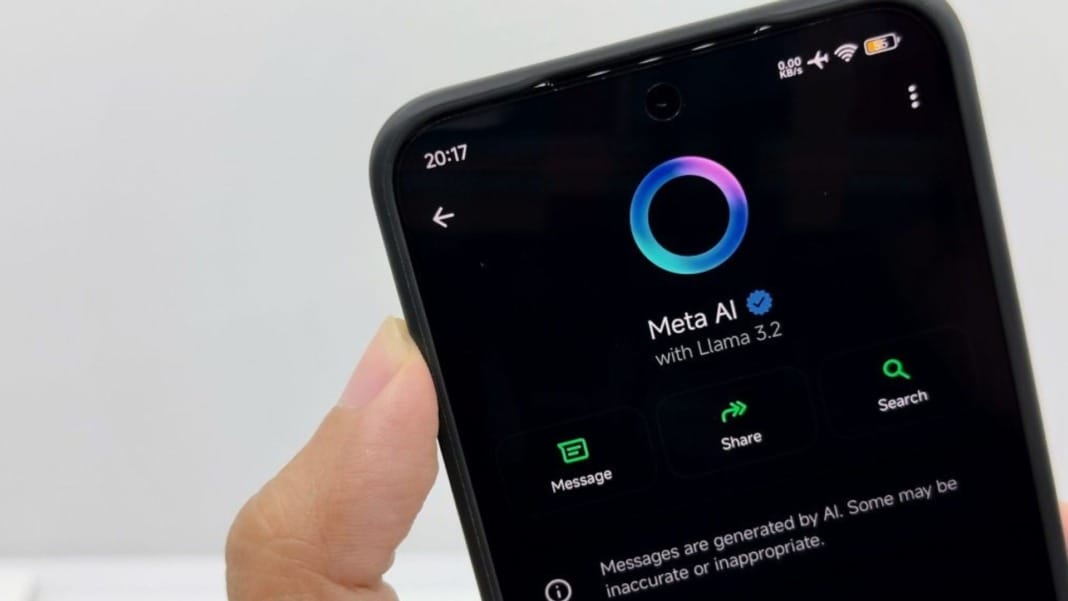Imagine pulling into a Tesla Supercharging station with your brand-new 2025 Hyundai Ioniq 5, ready to test out its new North American Charging Standard (NACS) port. You find a spot, back in, and reach for the charging cable—only to realise it doesn’t reach your car’s port.
That happened when Hyundai’s refreshed all-electric SUV was tested at a Tesla Supercharging station in Palm Springs. Although the Ioniq 5 had plenty of charges, the situation highlighted a significant issue: Hyundai’s NACS port placement doesn’t always align with Tesla’s existing charging infrastructure. While this isn’t entirely Hyundai’s fault, it does show how a seemingly good idea can run into real-world challenges.
The problem with Hyundai’s charge port placement
The issue stems from Hyundai’s decision to place the charge port on the vehicle’s rear passenger side. Tesla’s Superchargers, however, were designed for vehicles with charging ports on the rear driver’s side or the front passenger’s side. That means the charging cable often isn’t long enough to reach Hyundai’s port, depending on where you park.
This leaves Hyundai drivers with a few inconvenient options. You can wait for another Tesla to leave and take up two spots to access a better-positioned cable. Alternatively, you can use the in-car navigation to find a Combined Charging System (CCS) station and rely on the included adapter. If your battery is already low, these aren’t ideal solutions.
Tesla developed the NACS port and Supercharging network years ago, while other automakers stuck with CCS. That changed in May 2023 when Ford struck a deal to give EVs access to over 12,000 Tesla Superchargers across the US and Canada. Soon after, GM and nearly every other major automaker, including Hyundai and Kia, followed suit. While Hyundai has now integrated NACS into the 2025 Ioniq 5, its port placement doesn’t align well with Tesla’s infrastructure.
Tesla has acknowledged this issue and says its upcoming V4 Superchargers will have longer cables to accommodate different port placements. However, the company has also encouraged automakers to standardise their charging ports on the rear driver’s or front passenger’s sides to avoid these problems.
What Hyundai owners need to know about charging options
Until Tesla rolls out longer cables, Hyundai Ioniq 5 owners will find it easier to locate a CCS station and use the included adapter. The Ioniq 5 can charge from 10% to 80% in about 20 minutes at a CCS charger, while an NACS charger may take closer to 30 minutes.
To help ease the transition, Hyundai offers buyers of the 2025 Ioniq 5 a choice between a US$400 charging credit and a free ChargePoint home charger. Additionally, starting in March, owners of older Hyundai EVs with CCS ports can claim a free NACS adapter through the MyHyundai owner portal.
Hyundai drivers will also have access to the upcoming Ionna charging network. This joint venture between BMW, General Motors, Honda, Hyundai, Mercedes-Benz, Kia, Stellantis, and Toyota aims to install 30,000 NACS and CCS charging points across North America by 2030, providing even more charging options for EV owners.
2025 Hyundai Ioniq 5: Bigger battery, better range, new trim
The 2025 Hyundai Ioniq 5 may look similar to previous models, but key updates set it apart. The battery size has increased, with the standard range now at 63 kWh (up 5 kWh) and the extended range at 84 kWh (up 6.6 kWh). This gives the Ioniq 5 a range of 245 miles on the lower end and up to 318 miles for the rear-wheel-drive model with the larger battery.
Power output varies across different trims, starting at 168 horsepower and 258 lb-ft of torque for the base model. Higher trims offer up to 320 horsepower and 446 lb-ft of torque, giving drivers a more powerful and dynamic EV experience.
The 2025 Ioniq 5 will be available in SE, SEL, XRT, and Limited trims with rear- or all-wheel drive. While Hyundai’s charging port placement may cause minor inconveniences at Tesla stations, the upgraded battery, longer range, and expanding charging options make it a strong contender in the EV market.





